
By the end of this section, you will be able to:Describe hypersensitivityDefine autoimmunity
- Subject:
- Applied Science
- Biology
- Life Science
- Material Type:
- Module
- Date Added:
- 07/10/2017

By the end of this section, you will be able to:Describe hypersensitivityDefine autoimmunity
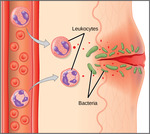
By the end of this section, you will be able to:Describe physical and chemical immune barriersExplain immediate and induced innate immune responsesDiscuss natural killer cellsDescribe major histocompatibility class I moleculesSummarize how the proteins in a complement system function to destroy extracellular pathogens

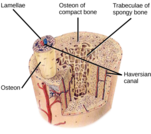
By the end of this section, you will be able to:Classify the different types of bones in the skeletonExplain the role of the different cell types in boneExplain how bone forms during development

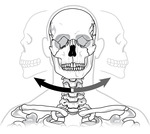
By the end of this section, you will be able to:Classify the different types of joints on the basis of structureExplain the role of joints in skeletal movement

By the end of this section, you will be able to:Classify the different types of muscle tissueExplain the role of muscles in locomotion
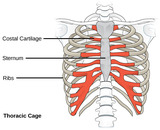
By the end of this section, you will be able to:Discuss the different types of skeletal systemsExplain the role of the human skeletal systemCompare and contrast different skeletal systems
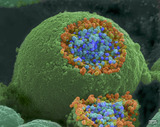
By the end of this section, you will be able to:Describe the basis of the resting membrane potentialExplain the stages of an action potential and how action potentials are propagatedExplain the similarities and differences between chemical and electrical synapsesDescribe long-term potentiation and long-term depression

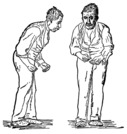
By the end of this section, you will be able to:Describe the symptoms, potential causes, and treatment of several examples of nervous system disorders
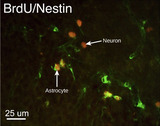
By the end of this section, you will be able to:List and describe the functions of the structural components of a neuronList and describe the four main types of neuronsCompare the functions of different types of glial cells
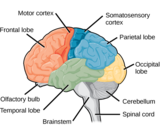
By the end of this section, you will be able to:Identify the spinal cord, cerebral lobes, and other brain areas on a diagram of the brainDescribe the basic functions of the spinal cord, cerebral lobes, and other brain areas
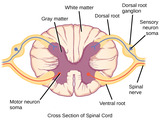
By the end of this section, you will be able to:Describe the organization and functions of the sympathetic and parasympathetic nervous systemsDescribe the organization and function of the sensory-somatic nervous system
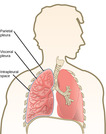
By the end of this section, you will be able to:Describe how the structures of the lungs and thoracic cavity control the mechanics of breathingExplain the importance of compliance and resistance in the lungsDiscuss problems that may arise due to a V/Q mismatch
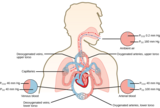
By the end of this section, you will be able to:Name and describe lung volumes and capacitiesUnderstand how gas pressure influences how gases move into and out of the body

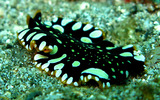
By the end of this section, you will be able to:Describe the passage of air from the outside environment to the lungsExplain how the lungs are protected from particulate matter
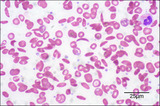
By the end of this section, you will be able to:Describe how oxygen is bound to hemoglobin and transported to body tissuesExplain how carbon dioxide is transported from body tissues to the lungs
